Why the ‘Laughing Man’ Yue Minjun isn’t Laughing Anymore
Seven of the paintings, created between in 2020 and 2021, form Yue’s new series. The rest, also created in the same period, add to his iconic Laughter series, which was he started in the early 1990s.
The paintings from the Flowers series are, at first glance, a departure from Yue’s signature aesthetic, where an outright display of unnatural, discomforting facial expressions takes centre stage.
Read more:
Hibiscus Moscheutos is reminiscent of the illustrations of frequently depicted in almanacs published in China in the 1980s and 1990s. In the piece, with three women with fashionable short , their faces obscured by pink flowers, pictured in . Others are a nod to classical western paintings: in Lilium, three women’s faces are covered by white-and-cream-yellow flowers in a reference to Georges de la Tour’s 1630 painting The Fortune-Teller.
Read more:
There is no chuckling in the new series. But flowers and laughter have more in common than we might think, according to the artist.
“The Flowers series not only hides the smiling faces—flowers also have their own social characters and ,” Yue tells Tatler by email. Besides, much like the flowers that conceal the faces of the women, laughter is “still a cover”, he says. “It raises the question: what’s behind the smile?”
Many of the settings in the Flowers series are developed without explanation: the subjects seem to wander in an imaginary space. This is Yue’s way of “conveying a sense of escape from reality and of self-examination when facing obsolete social customs or stereotypes in society,” the artist says. Meanwhile, the series also presents themes from eastern and western cultures and “tells the story of human civilisation.”
Don't miss:
Inspiration for the Flowers series first came to Yue when he to Dali, in the southwestern Chinese province of Yunnan, in 2020—where he unexpectedly stayed for half a year as a result of . The city is known for its flower fields—it was springtime, and a sea of bloomed outside Yue’s residence.
“In daily life, our streets … are often filled with flowers of all seasons,” he says. “This makes me wonder whether the flowerbeds are for celebrating the beauty of society—or avoiding something within society.”
In case you missed:
Three decades ago, the artist shocked the Chinese contemporary art world with Laughter, a series of oil paintings featuring caricatures of himself in contorted, hysterical laughter. They are created with sharp outlines and saturated tones that are reminiscent of both pop art and Chinese propaganda posters. In them, Yue is depicted in an array of settings—some of which have political undertones. He is pictured laughing variously at a firing squad in front of the Tiananmen Gate in the Chinese capital—dressed only in underpants; wearing a Liberation Army hat, which has horns; and striking the “see no evil, hear no evil, speak no evil” pose.
The 60-year-old’s singular aesthetic seen in Laughter is often interpreted as a ridiculing of the social changes that permeated his childhood. Yue was born and raised at a time when China was undergoing drastic social changes, including the introduction of western culture. “The cultural collision sparked new ways for me to comprehend things,” he says.
The artistic environment in China has become more liberal since the 1990s, says Yue—though he says his works have been misunderstood and can invite conflict.
Don't miss:
“However, these misunderstandings and conflicts have given me a lot of pleasure and inspiration,” he says.
It’s an attitude that’s reflected in Laughter: a series that is about “reflecting on our past with a smile and bracing whatever that comes in the future with positivity.”

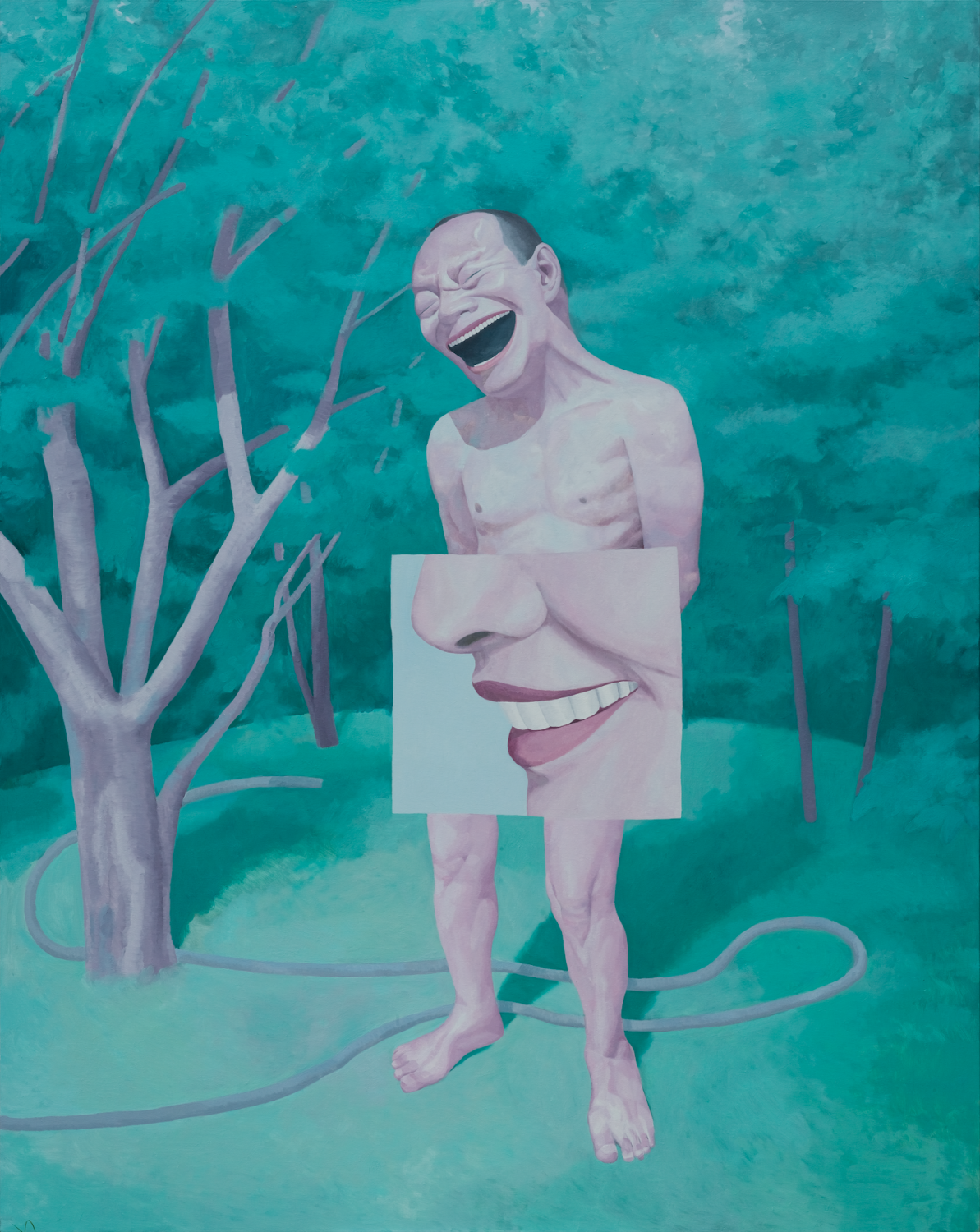
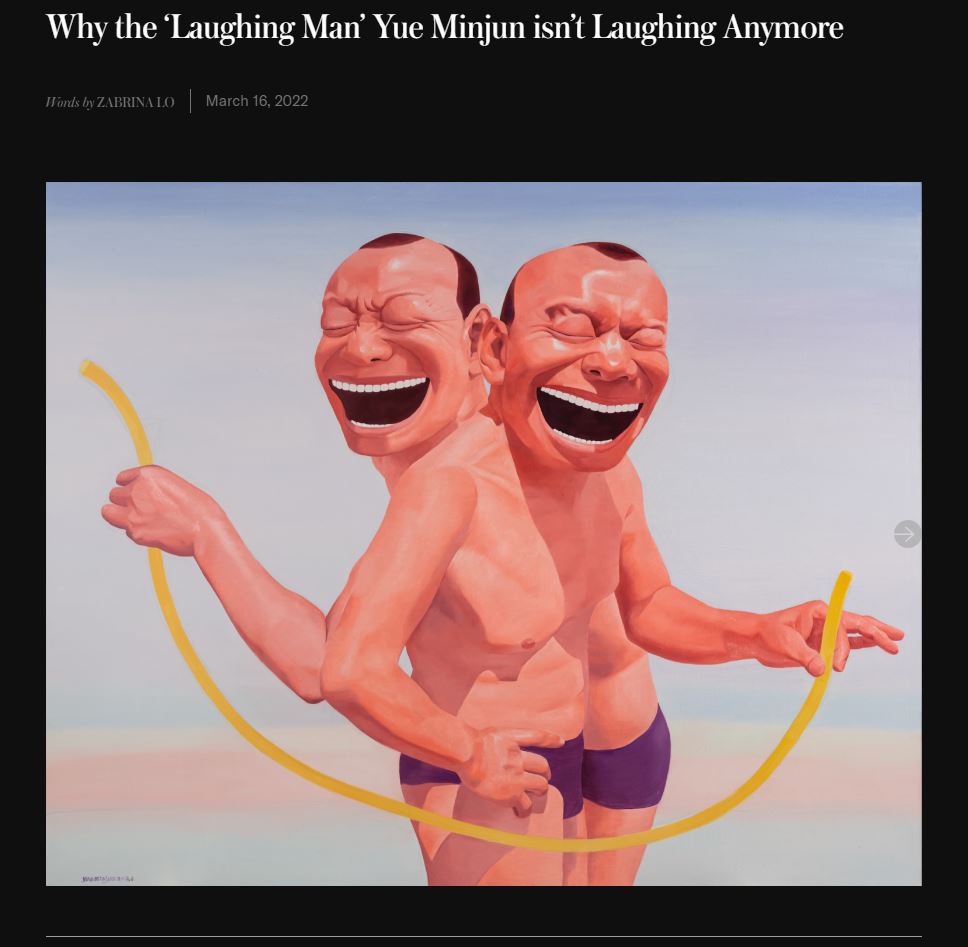


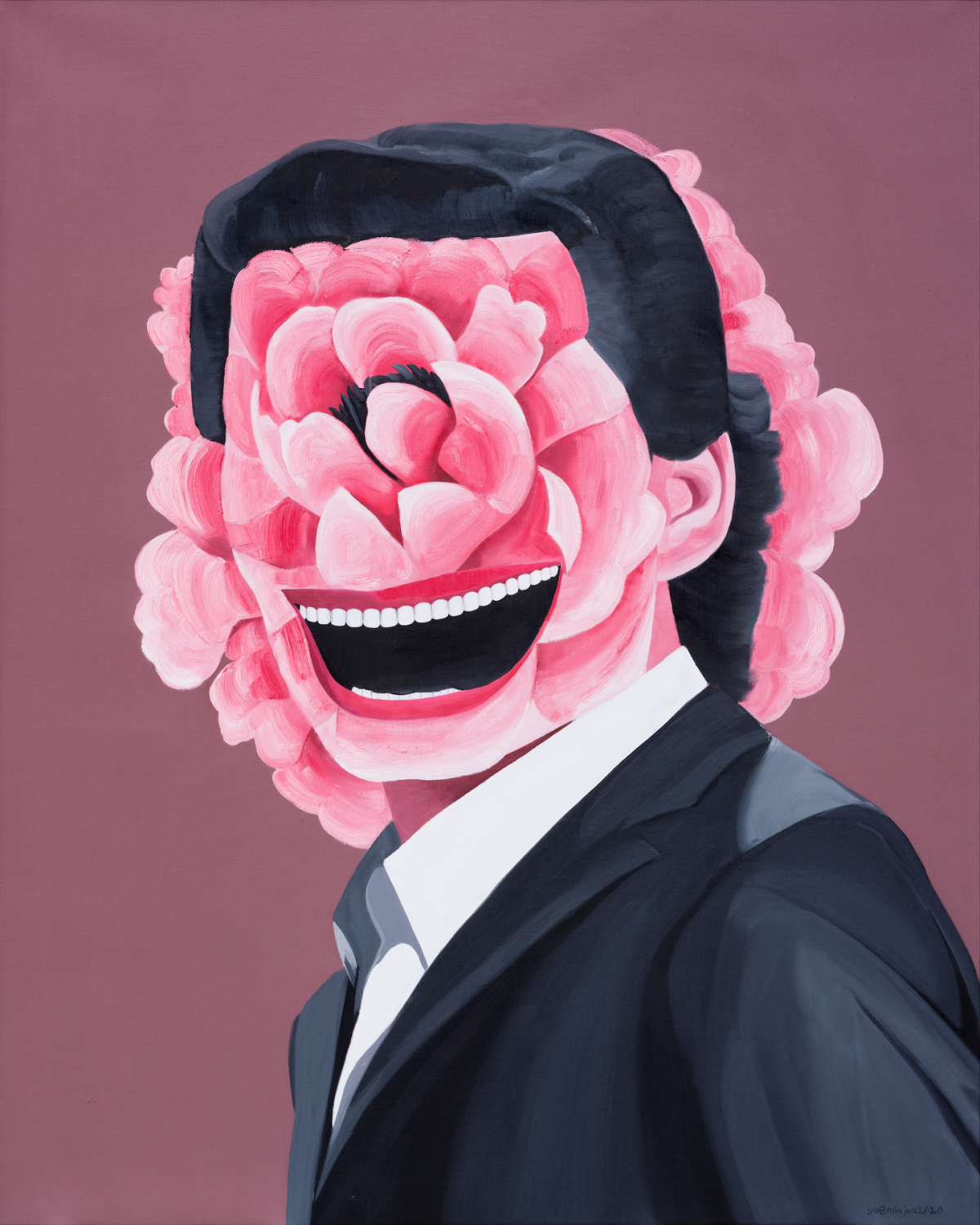
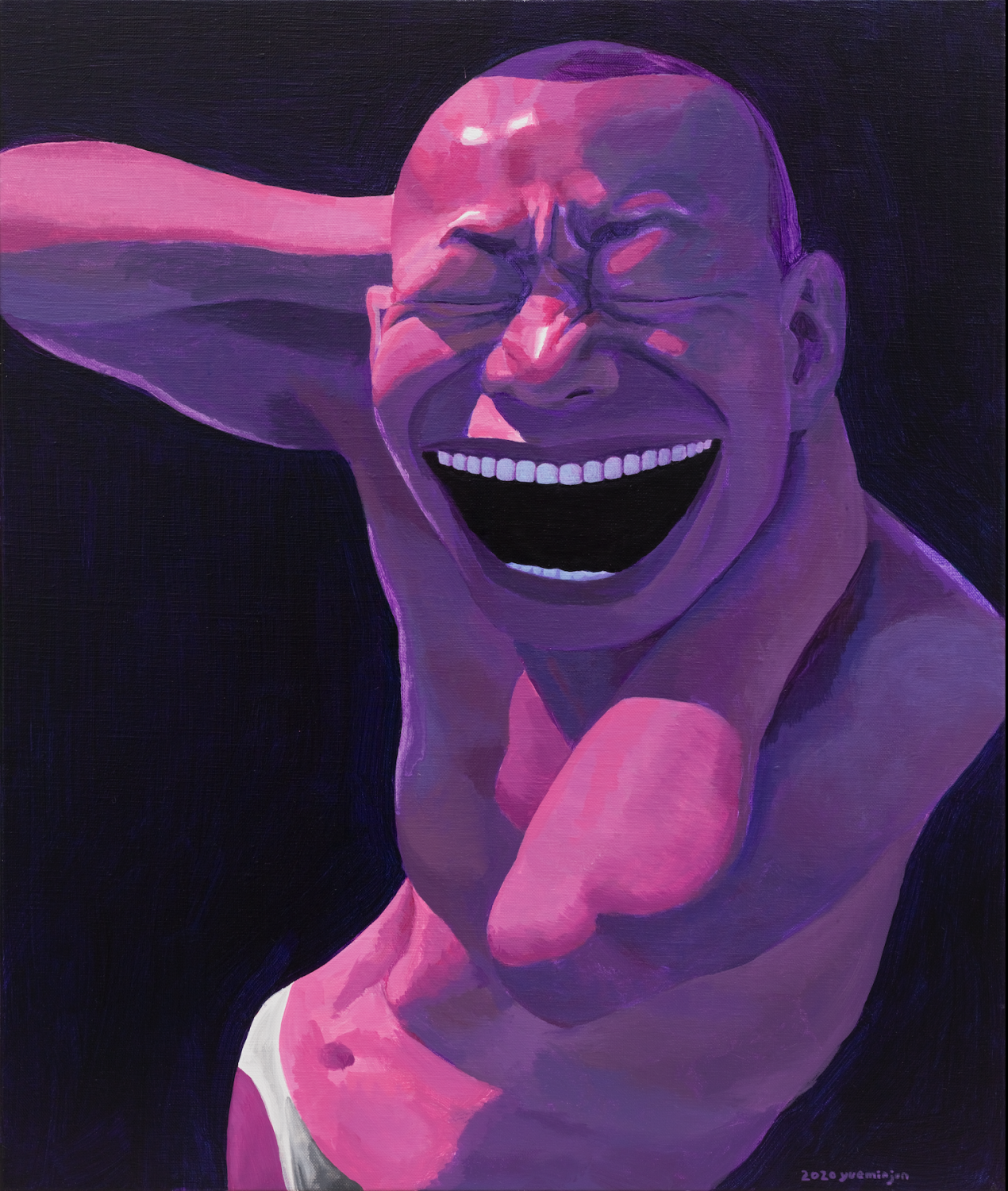
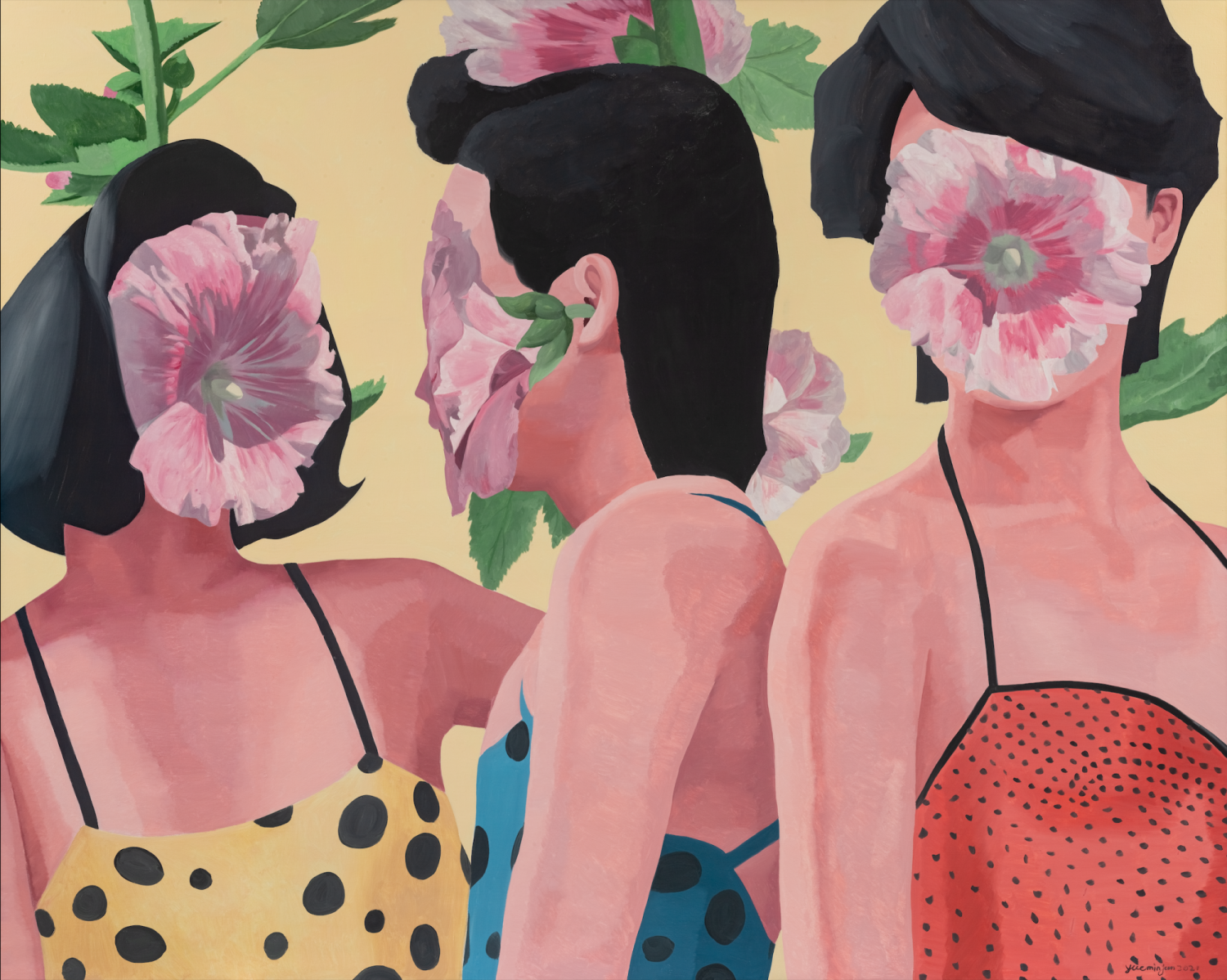



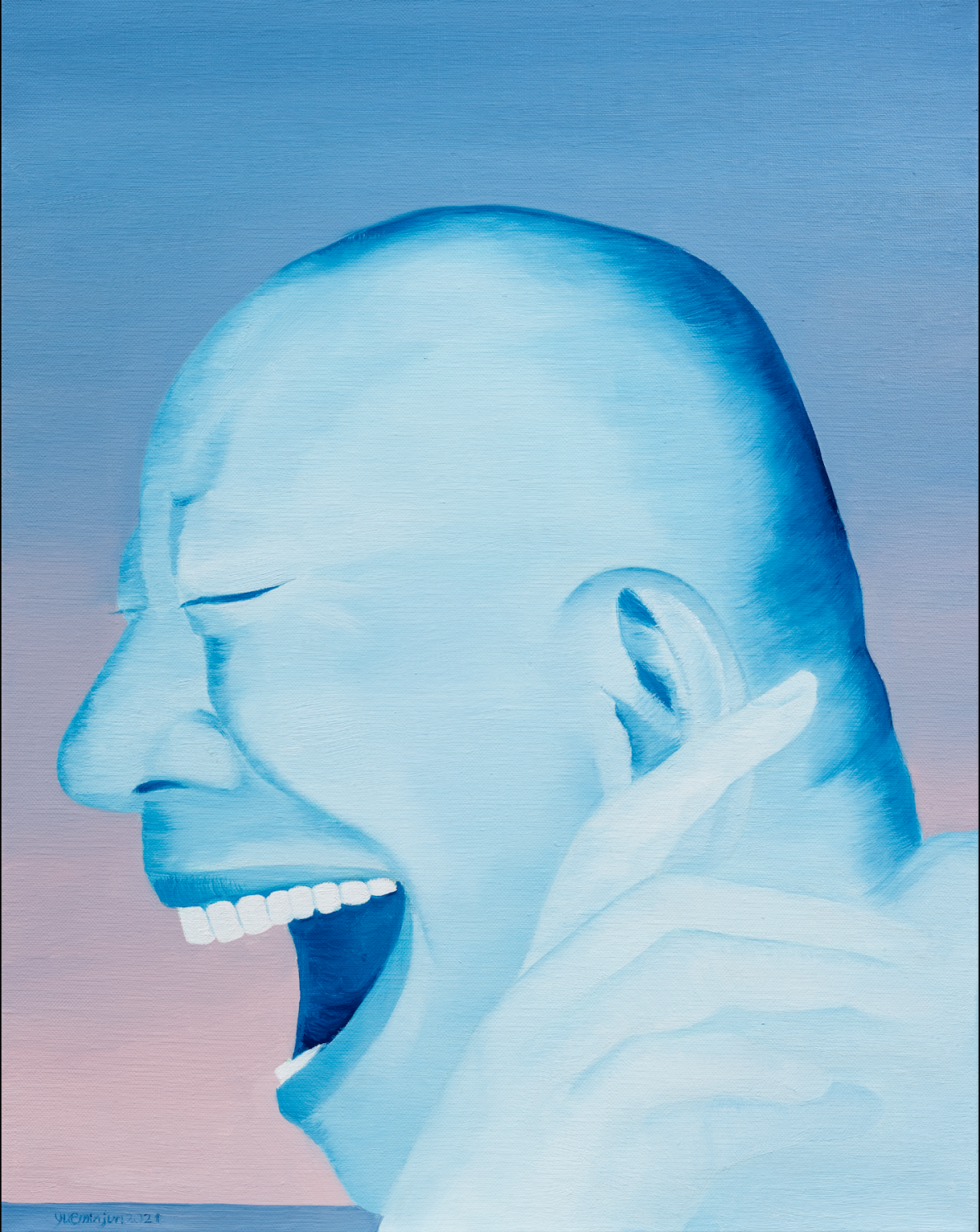
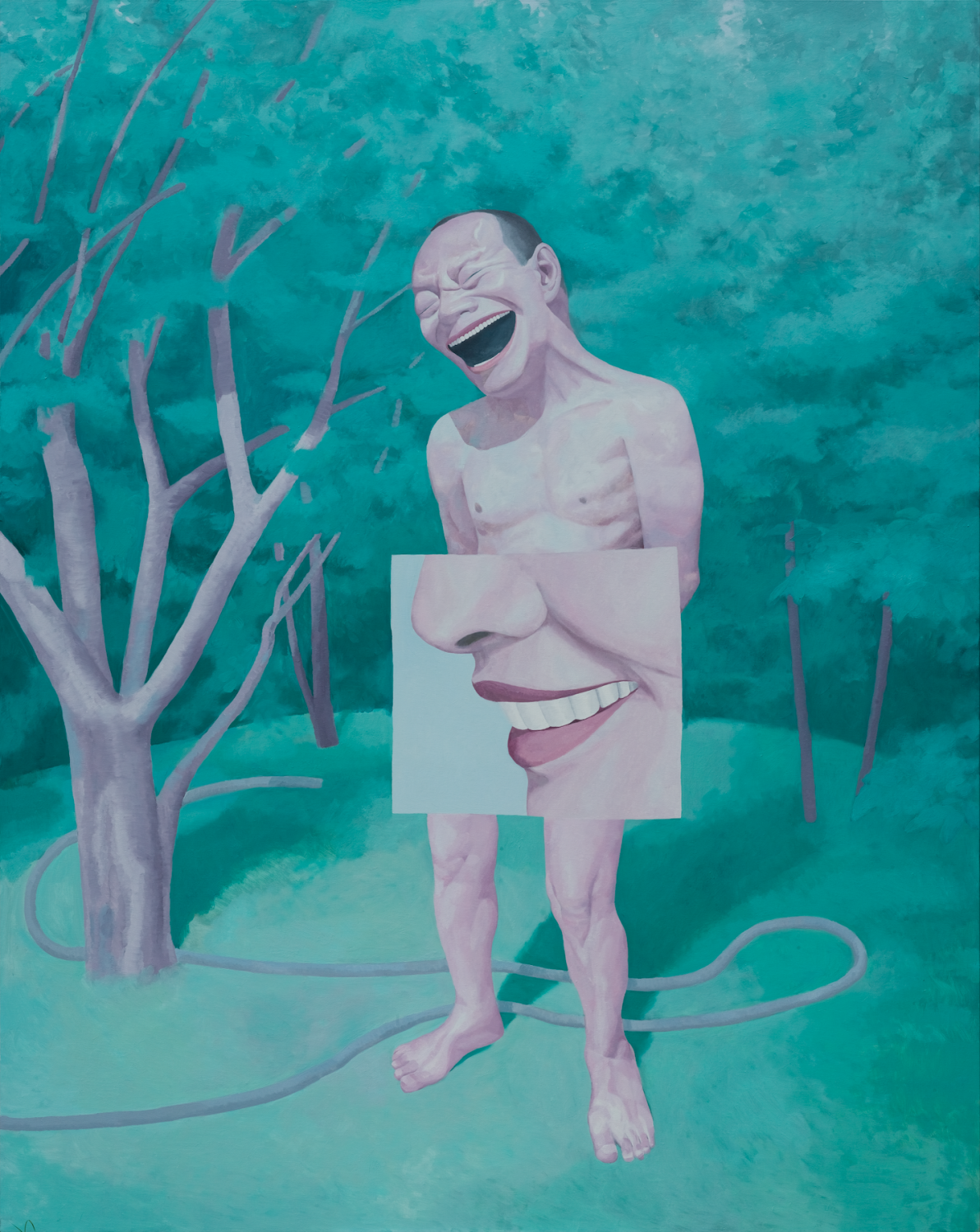

No comments:
Post a Comment